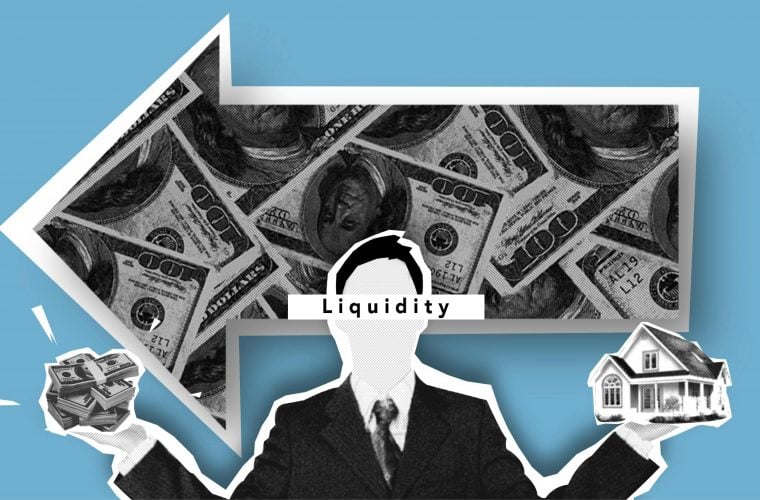
3 Prime Day Tactics to Leverage This Holiday Season
We all saw (and probably stalked) the headlines around Amazon Prime Day 2018. More than 100 million products were sold on their site during the historic event, making the day and a half of sales larger than both Black Friday and Cyber Monday. And while Amazon’s sheer size and power contributed once again to their success on Prime Day, there are a few things the rest of us can learn from their tactics to drive sales and customer engagement during the holidays.
Here’s what every retailer can learn and apply to their own strategies this holiday season:
Make loyal shoppers feel like a VIP
Perhaps the biggest (and most obvious) takeaway from Prime Day is that Amazon manufactured their very own holiday—it’s a completely made-up event thriving on the “eliteness” of the Prime membership. Amazon’s success in creating such a sought-after shopping event relies heavily on the fact that they truly understand how to drive customer loyalty and reward Prime members by making them feel they have special access to something the rest of the world can’t get.
Create the same feeling with your most loyal shoppers this holiday season—give them first access to your biggest sales, reward them with a larger percentage off than what’s on the site, promise them “exclusive free shipping,” etc. This type of special treatment will go a long way, especially as you try to stand out in the neverending inbox of holiday promotions. Also, be vocal about their VIP status in your messaging leading up to the big day. As Amazon does so well building up Prime Day before it happens, make sure your customers understand the hype so they can fully embrace it when the season hits.
Keep every interaction highly personalized
Another Amazon tactic to adopt as soon as possible: Create a highly personalized experience catering to each customer’s interests and shopping behavior. Prime Day flourishes on the e-commerce platform’s ability to provide similar product views to their customers, powered by algorithms and predictive modeling. On Prime Day, whether I was shopping on Amazon or another brand’s site, the deals that won me over were those offering a compelling personalized offer or experience—and I’m not alone. 44% of customers polled in a recent survey said they buy based on Amazon’s product recommendations, and 78% of consumers say they only engage in offers that have been personalized to their own tastes (Marketo).
Personalization is becoming the expected norm for shoppers, so take the “Amazon approach” to capturing and converting your customers this season. Use YoY data to deploy tailored messaging and similar products to seasonal shoppers who engaged with your brand at the same time last year and increase the likelihood that they return again. Supplement your holiday gift guides with additional merchandised products based on each shopper’s behavior. As holiday promotions come to a close, automatically message to customers who have engaged with products that qualify them for a specific deal, and enhance your content with personalized product retargeting. The possibilities are endless.
Step up your shipping & returns experience
82% of Amazon Prime members say they would cancel their membership if free two-day shipping wasn’t available, and it’s no secret that besides the Prime Day deals themselves, free and fast shipping is the next biggest draw for those participating. Customer demand for free shipping, especially during the holidays, is high. And while it’s not feasible to expect every brand to be able to offer (and afford) free shipping to everyone, consider at least offering it to some of your shoppers. For example, offer free shipping to your highest-spending customers, or to those who have exceptionally long cart abandonment times. Leverage free shipping as a way to push them to purchase, with a simple CTA during checkout: “You’re X away from free shipping!”
Along with free shipping, a growing customer convenience is the ability to shop online and return in-store. Our consumer survey found 55% of online shoppers even prefer in-store returns to mail when given the option, and when a shipping fee is added, that in-store returns number increases to 73%. Amazon makes it incredibly easy not only to return items online, but they’ve dialed into those who prefer to do so in-person by allowing items to be returned at partnering stores. Call out this convenience to shoppers before, during, and after the holidays—and consider designating online returns counters within your stores. Doing so will help make the holiday returns madness less stressful for these customers, save you money on return shipping labels, and drive in-store foot traffic (and potentially more sales) post-holiday season, too.
Contributed by Michael Osborne, President & CEO of SmarterHQ. SmarterHQ is the leading multi-channel behavioral marketing platform, empowering B2C marketers to personalize individual customer interactions in real-time. They work with some of the world’s largest brands—such as Bloomingdale’s, Santander Bank, Omni Hotels, and Finish Line—to drive outstanding business results and have been recognized by Forrester’s Total Economic Impact study to deliver 667% in ROI. Learn more at SmarterHQ.com.














